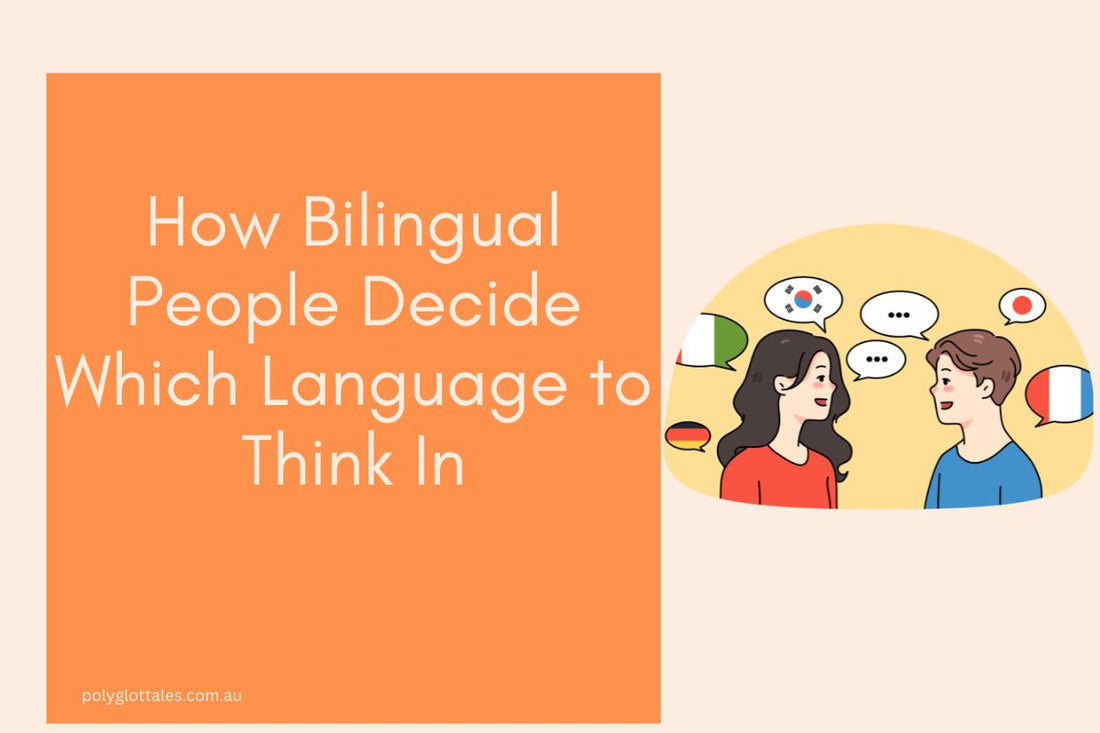🧠 The Bilingual Brain: A Constant Juggle
Imagine your brain as a bustling train station, with multiple language tracks running simultaneously. For bilinguals, both languages are perpetually active, even when only one is being used. This phenomenon, known as "parallel activation," means that both languages are always on standby, ready to be deployed as needed.
🎯 Factors Influencing Language Choice in Thought
1. Context is King
The environment often dictates which language takes the driver's seat. A bilingual individual might think in English at work but switch to Mandarin at home. This adaptability is a testament to the brain's remarkable flexibility.
2. Emotional Resonance
Emotions can sway language preference. Bilinguals often revert to their first language when expressing deep feelings, as it may provide a stronger emotional connection. Conversely, thinking in a second language can sometimes offer emotional distance, aiding in objective decision-making.
3. Language Proficiency
Proficiency levels can influence internal dialogue. A bilingual person may default to the language in which they are more fluent, especially when tackling complex tasks or abstract concepts.
🧒 Raising Bilingual Children in Australia
In Australia, a multicultural tapestry, raising bilingual children is both a challenge and a gift. Approximately 24.8% of Australian households speak a language other than English, highlighting the nation's linguistic diversity. abc.net.au+1psychologytoday.com+1speechpathologyaustralia.org.au
👨👩👧👦 Strategies for Parents and Educators
-
One Person, One Language (OPOL): Assigning each parent or caregiver a specific language to use with the child can help in maintaining language boundaries. abc.net.au
-
Community Engagement: Encouraging participation in cultural events and language groups reinforces the practical use of both languages.
-
Educational Resources: Utilizing bilingual books and online platforms can make language learning engaging for children.
📚 Introducing Polyglot Tales: Your Children's Language Online Bookstore in Australia
At Polyglot Tales, we understand the nuances of raising bilingual children. Our curated selection of bilingual books caters to various age groups and languages, making language learning a delightful journey. Whether you're a parent seeking bedtime stories in Spanish and English or a teacher looking for classroom resources in Mandarin and English, Polyglot Tales has you covered.
🌟 Embrace the Bilingual Advantage
Being bilingual isn't just about communication; it's about cognitive flexibility, cultural appreciation, and emotional depth. By understanding how bilingual individuals navigate their internal languages, we can better support the next generation in harnessing the full spectrum of their linguistic abilities.
Explore our collection at Polyglot Tales and embark on a linguistic adventure with your child today!

